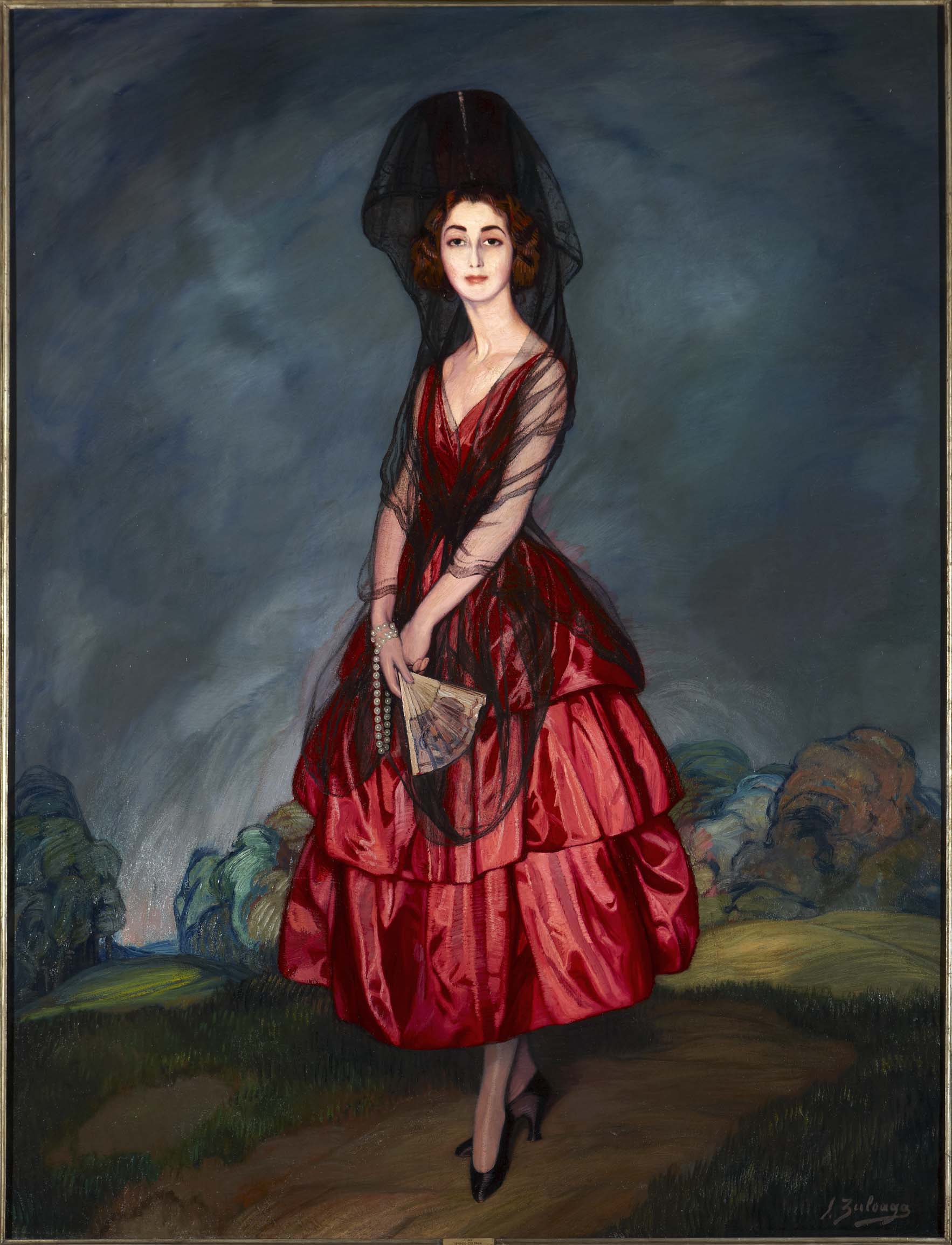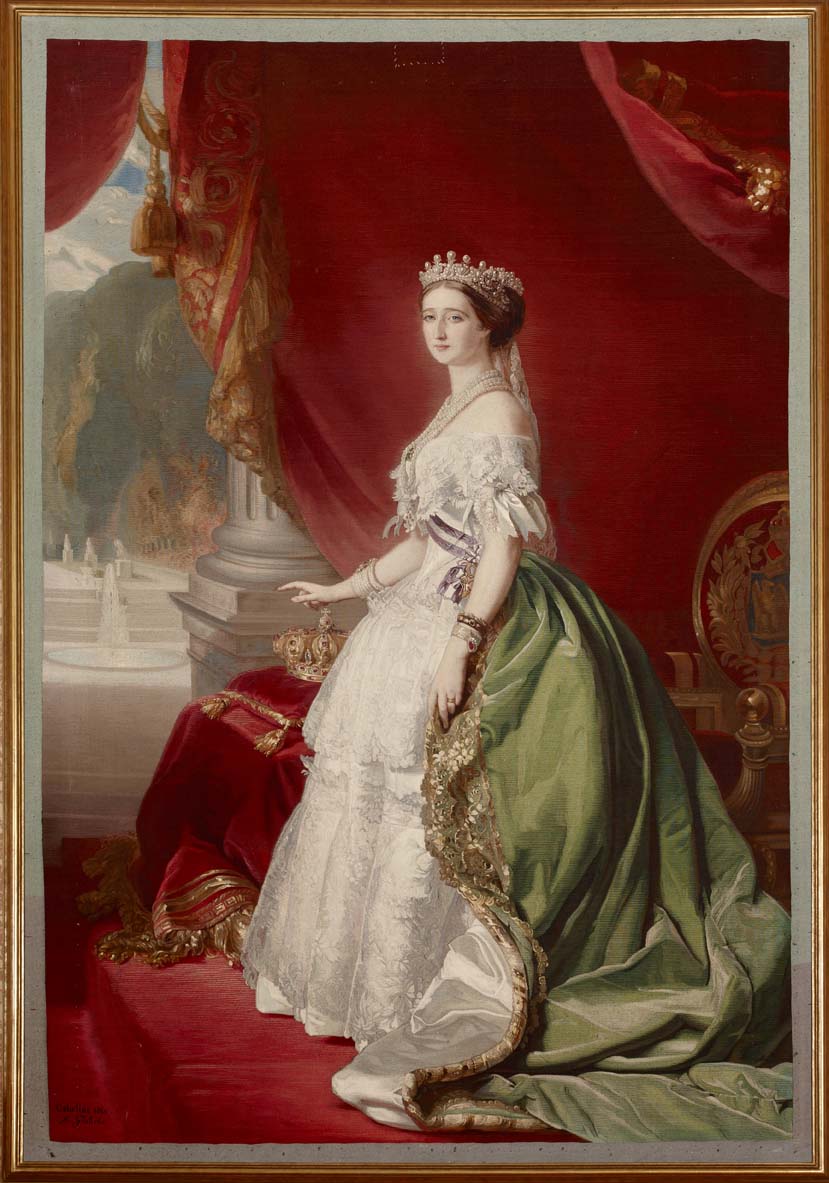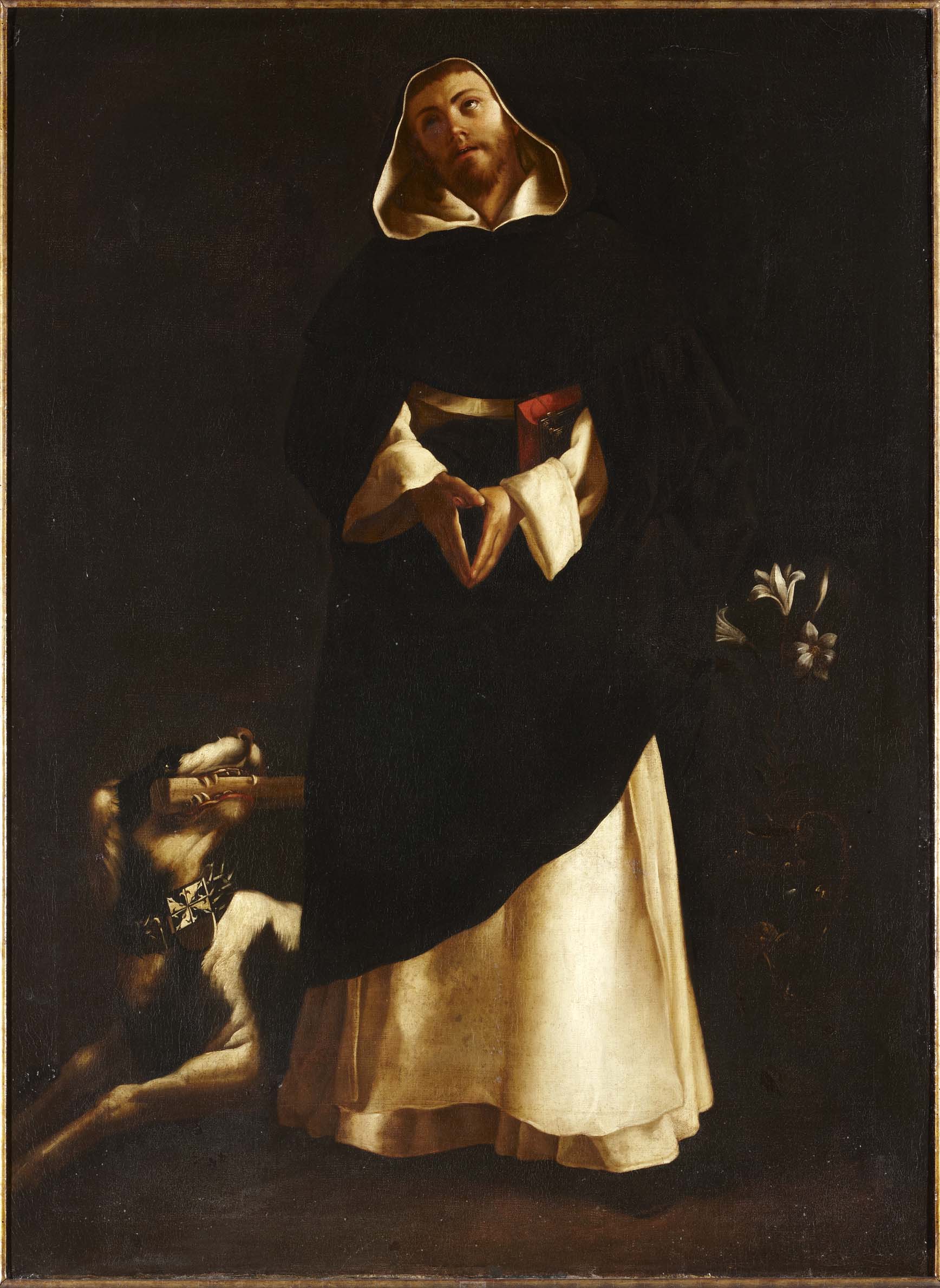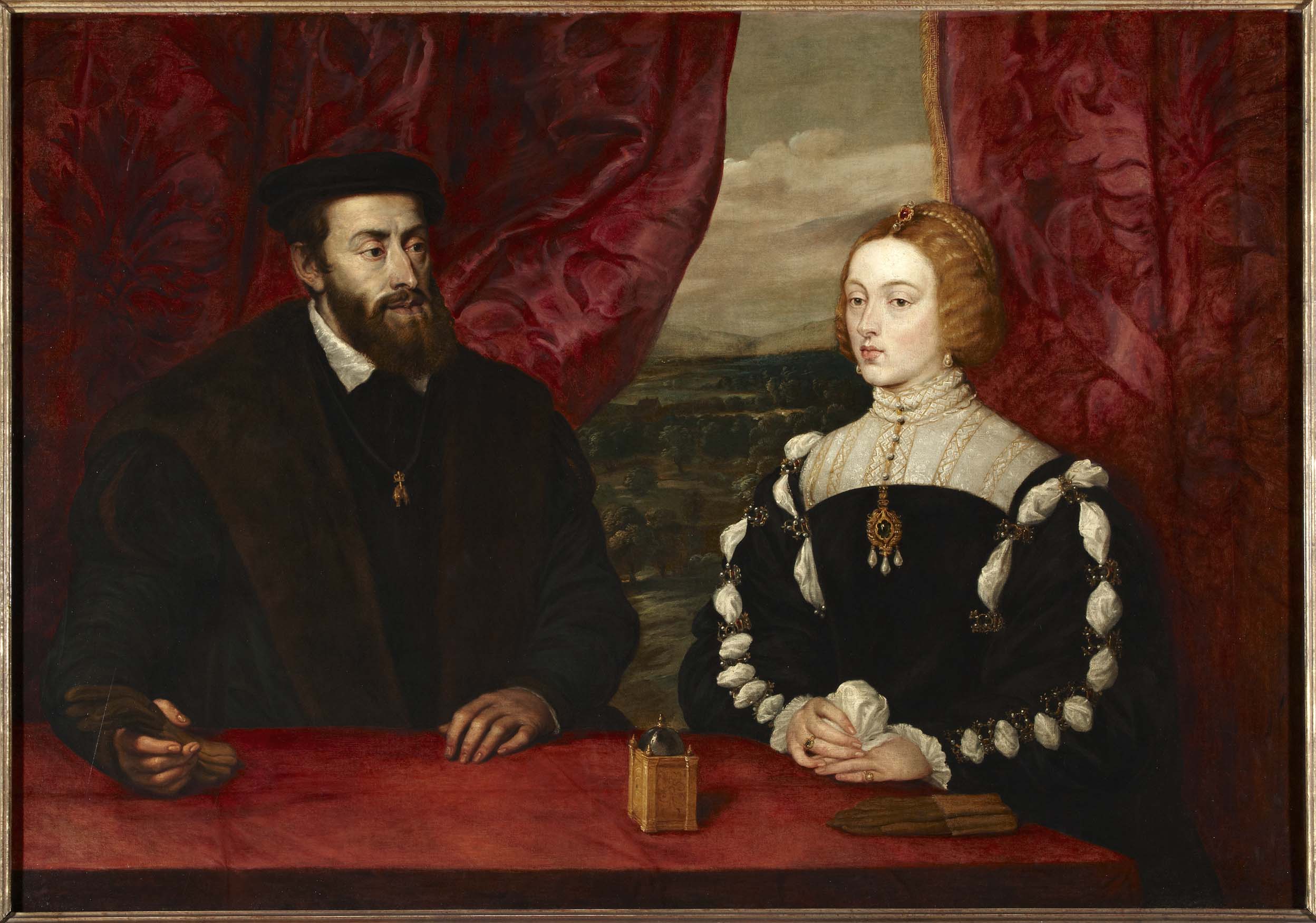Nueva incorporación a la colección de la Fundación Casa de Alba
La Fundación Casa de Alba, presidida por el XIX duque de Alba, Carlos Fitz-James Stuart y Martínez de Irujo, destina una parte de sus recursos a la adquisición y recuperación de obras que tienen relación con las colecciones o han pertenecido a ellas en algún momento. Es por ello que, bajo el título de “Obra Adquirida”, se presentarán las nuevas adquisiciones en las salas que comprenden las exposiciones temporales.
El Palacio de Liria inaugura su nuevo programa anual 'Obra Invitada'
El Palacio de Liria estrena un nuevo programa anual bajo el título Obra invitada, una iniciativa de la Fundación Casa de Alba que nace con la vocación de generar diálogos inéditos entre la colección de la Casa de Alba y piezas procedentes de otras colecciones privadas o instituciones culturales.
Presentation of the book 'I write to you all' by Soledad Maura Fox
On April 1, the presentation of the historical novel 'I write to you all' took place, which serves as a starting point for the knowledge of one of the most important and at the same time unknown figures in the history of Spain and France: María Manuela Kirkpatrick, the widow countess of Montijo.
Two dukes, two victories: The military legacy of the House of Alba.
Since the 19th century, this noble house has been structured in two main branches, whose roots represent two essential figures: Fernando Álvarez de Toledo y Pimentel, 3rd Duke of Alba, and Jacobo Fitz-James Stuart, 1st Duke of Berwick.
Presentation of the Collaboration Agreement between the Casa de Alba Foundation and the Madrid City Council
On January 14, 2025, the Liria Palace had the pleasure of hosting the press presentation of the collaboration agreement between the Casa de Alba Foundation and the Madrid City Council on the occasion of the opening to the public of “Flamboyant: Joana Vasconcelos at the Palacio de Liria”
Inauguration of the temporary exhibition “Letters from Columbus. America in the Casa de Alba”
On September 19, 2024, the Casa de Alba Foundation inaugurated “Letters from Columbus. America at the Casa de Alba”, an exhibition that shows the American heritage preserved in the family collection, highlighting the close relationship between the Casa de Alba and America since Columbian times.
Flora Villarreal and the wedding dress of the 18th Duchess of Alba
María Flora Villarreal Medina, a prominent Spanish dressmaker, founded a successful haute couture workshop in Madrid after the Civil War, renowned for her party dresses and bridal gowns, including that of the 18th Duchess of Alba, and retired in 1968.
Visit to the temporary exhibition “Letters from Columbus. America in the Casa de Alba”
Due to the documentary and patrimonial interest aroused by the new temporary exhibition “Letters from Columbus. America in the Casa de Alba”, the Liria Palace has received visits in recent weeks from different institutions and prominent representatives of the Spanish-American historical and cultural scene.
.svg)






























